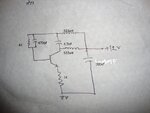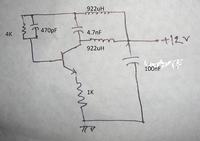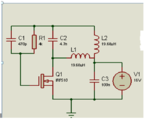rakirajueee08
Junior Member level 3
 I am a undergrad student.I have a problem with a oscillator circuit.I have found a oscillator circuit from net and using it as a oscillator in my circuit.But my problem is that i could not find that what type of oscillator it is and what is it's operation?It would be helpful for me if someone please help me to know the type and operation of the oscillator .Thank you.I have given the figure attached.
I am a undergrad student.I have a problem with a oscillator circuit.I have found a oscillator circuit from net and using it as a oscillator in my circuit.But my problem is that i could not find that what type of oscillator it is and what is it's operation?It would be helpful for me if someone please help me to know the type and operation of the oscillator .Thank you.I have given the figure attached.
